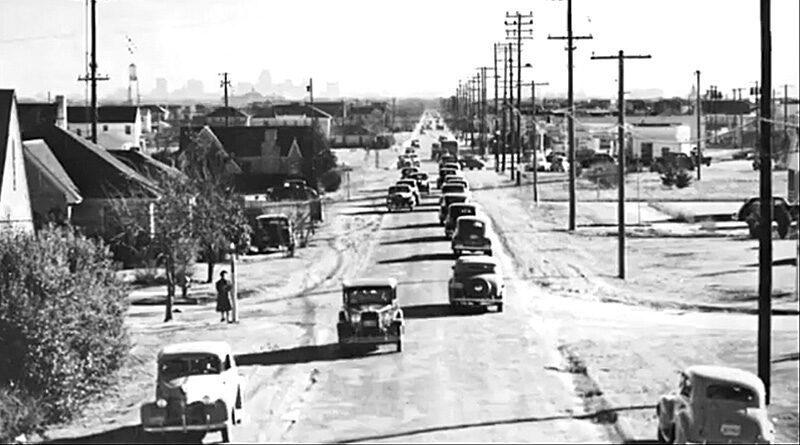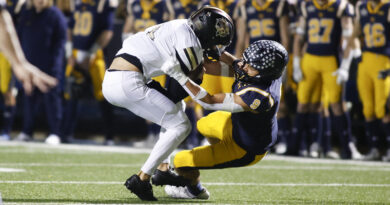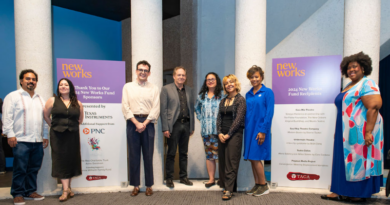Ahead of Its Time: The Accidental, Enviable Design of University Park
If you live in University Park, odds are you’re within an easy walk of at least one park and some neighborhood shopping. Your street is lined with trees, and it’s narrow enough that traffic doesn’t speed down it. You almost can’t avoid being near a church, school, or neighborhood center, such as the library or YMCA.
That kind of walkable, environmentally-friendly community design is called “New Urbanism,” and it was considered revolutionary when outlined by the Congress for the New Urbanism in 1993, said Preservation Park Cities archives chairman Taylor Armstrong.
But University Park’s design was nearly complete by the 1950s. So how did it end up with the kind of neighborhood that developers today aspire to create? The answer, Armstrong said, is due partly to a department store owner’s vision for developing the farmland around Dallas.
The story of University Park begins in the 1840s, when two migrants bought the land that later became the city.
The first, William Caruth, arrived in the Dallas area in 1848 with $100 in possessions. When he saw the North Texas plains, he decided they were ideal for cotton farming. His brother, Walter, joined him and, with a $1,000 loan from their father, they opened a general merchandise store and began buying land, according to The Caruth Saga, … a September 1975 D Magazine article.
The second landowner, Frances Sims Daniel, came to the area from Alabama in 1849 with her sister, children and slaves. She spent her life savings to buy 640 acres at 50 cents an acre, former mayor Roy C. Coffee Jr. said in a 2009 speech.
Development of University Park began in earnest in the 1920s with property south of Lovers Lane between Turtle Creek and Preston Road.
One of that area’s two primary developers was Leonard Volk, an innovative shoe store owner from Baltimore who opened the nation’s first entirely air-conditioned department store in downtown Dallas. Volk conceived of a development he called “Brookside Estates,” which quickly became known as “Volk Estates” and featured scenic lots, according to The Homes of the Park Cities, Dallas: Great American Suburbs.
“I think he saw an opportunity to do some more estate like development like Highland Park had,” Armstrong said, noting that Highland Park was designed by the same planner who had previously developed California’s upscale Beverly Hills neighborhood. “In fact, he wanted it to be as good or better than Highland Park.”
The expansive properties in Volk Estates attracted the likes of oil tycoons Algur Meadows and Everette DeGolyer. “Anybody who was anybody lived in Volk estates, still does,” Armstrong said. The project also spawned development north of Lovers Lane, he added, explaining that “his doing that, taking that risk, really attracted people who might not be able to afford to be in Volk Estates, but they wanted to be close to it.”
The houses in University Park were built a handful at a time, and over the years the area ended up with a blend of homes, parks and retail. The streets were built in a grid pattern simply because they could be — the landscape was featureless prairie, and nothing stood in the way.
“It’s really almost an ideal setup,” Armstrong said, “that just sort of happened over time.”









